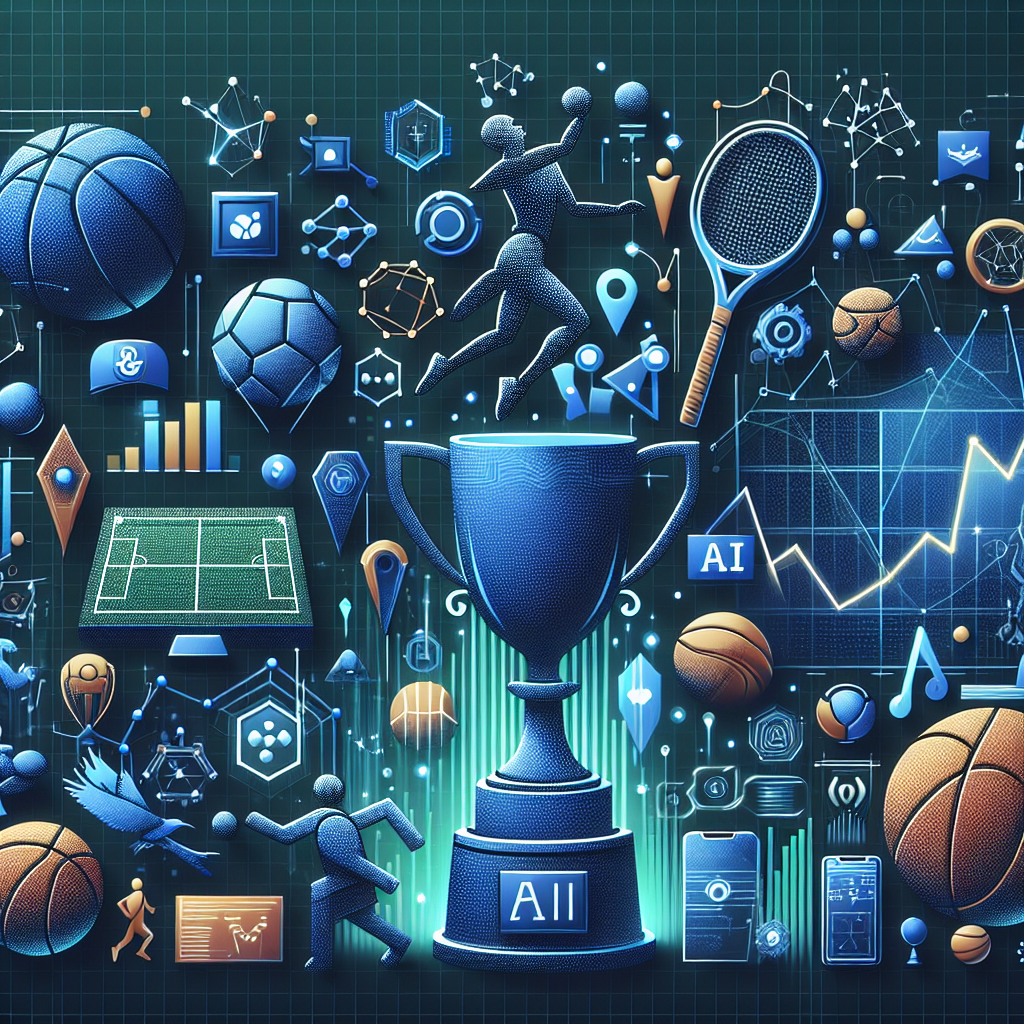In recent years, the use of big data and artificial intelligence (AI) in sports analytics has revolutionized the way teams and athletes approach training, performance analysis, and fan engagement. From tracking player movements on the field to predicting game outcomes, the integration of big data and AI has provided teams with valuable insights and a competitive edge.
Big data refers to the vast amount of information that is generated in sports through various sources such as player tracking devices, video analysis, and social media. AI, on the other hand, involves the use of algorithms and machine learning techniques to analyze and make sense of this data. By combining these two technologies, teams can gain a deeper understanding of their performance, identify areas for improvement, and make data-driven decisions to enhance their chances of success.
One of the key areas where big data and AI have made a significant impact is in player performance analysis. By tracking player movements on the field using sensors and cameras, teams can collect a wealth of data on factors such as speed, distance covered, and acceleration. This data can then be analyzed using AI algorithms to identify patterns and trends that can help coaches and trainers optimize player performance.
For example, by analyzing a player’s running speed and acceleration patterns, coaches can identify areas where the player may be exerting too much energy or not moving efficiently. This information can then be used to tailor training programs to improve the player’s performance and reduce the risk of injury.
In addition to player performance analysis, big data and AI are also being used to predict game outcomes and optimize game strategies. By analyzing historical data on team performance, player statistics, and game conditions, AI algorithms can generate predictive models that can forecast the outcome of a game with a high degree of accuracy.
These predictive models can help coaches and teams make informed decisions on factors such as player selection, game tactics, and in-game adjustments. By leveraging the power of big data and AI, teams can increase their chances of success on the field and gain a competitive advantage over their opponents.
Furthermore, big data and AI are also being used to enhance fan engagement and drive revenue for sports organizations. By analyzing fan data such as social media interactions, ticket sales, and merchandise purchases, teams can gain valuable insights into fan preferences and behavior.
This information can then be used to personalize fan experiences, create targeted marketing campaigns, and increase fan loyalty. By leveraging big data and AI in this way, sports organizations can build stronger relationships with their fans, increase revenue streams, and create a more engaging and interactive fan experience.
Overall, the integration of big data and AI in sports analytics has the potential to revolutionize the way teams and athletes approach training, performance analysis, and fan engagement. By leveraging the power of these technologies, sports organizations can gain valuable insights, make data-driven decisions, and optimize their chances of success on and off the field.
FAQs:
Q: How is big data collected in sports analytics?
A: Big data in sports analytics is collected through various sources such as player tracking devices, cameras, sensors, social media, and ticket sales. This data is then analyzed using AI algorithms to extract valuable insights and make data-driven decisions.
Q: How is AI used in sports analytics?
A: AI is used in sports analytics to analyze big data, predict game outcomes, optimize player performance, and enhance fan engagement. By leveraging AI algorithms, teams can gain valuable insights, make informed decisions, and gain a competitive edge.
Q: How can big data and AI benefit sports organizations?
A: Big data and AI can benefit sports organizations by providing valuable insights into player performance, predicting game outcomes, optimizing game strategies, enhancing fan engagement, and driving revenue. By leveraging these technologies, sports organizations can increase their chances of success on and off the field.

